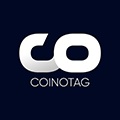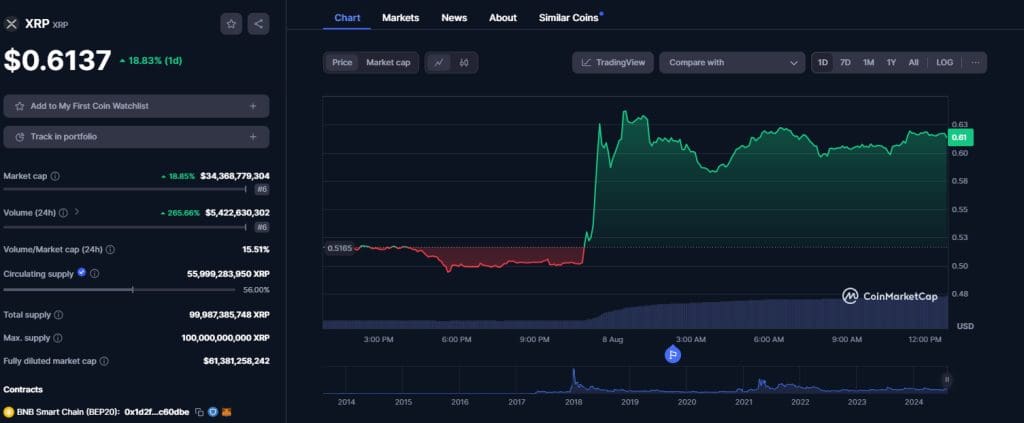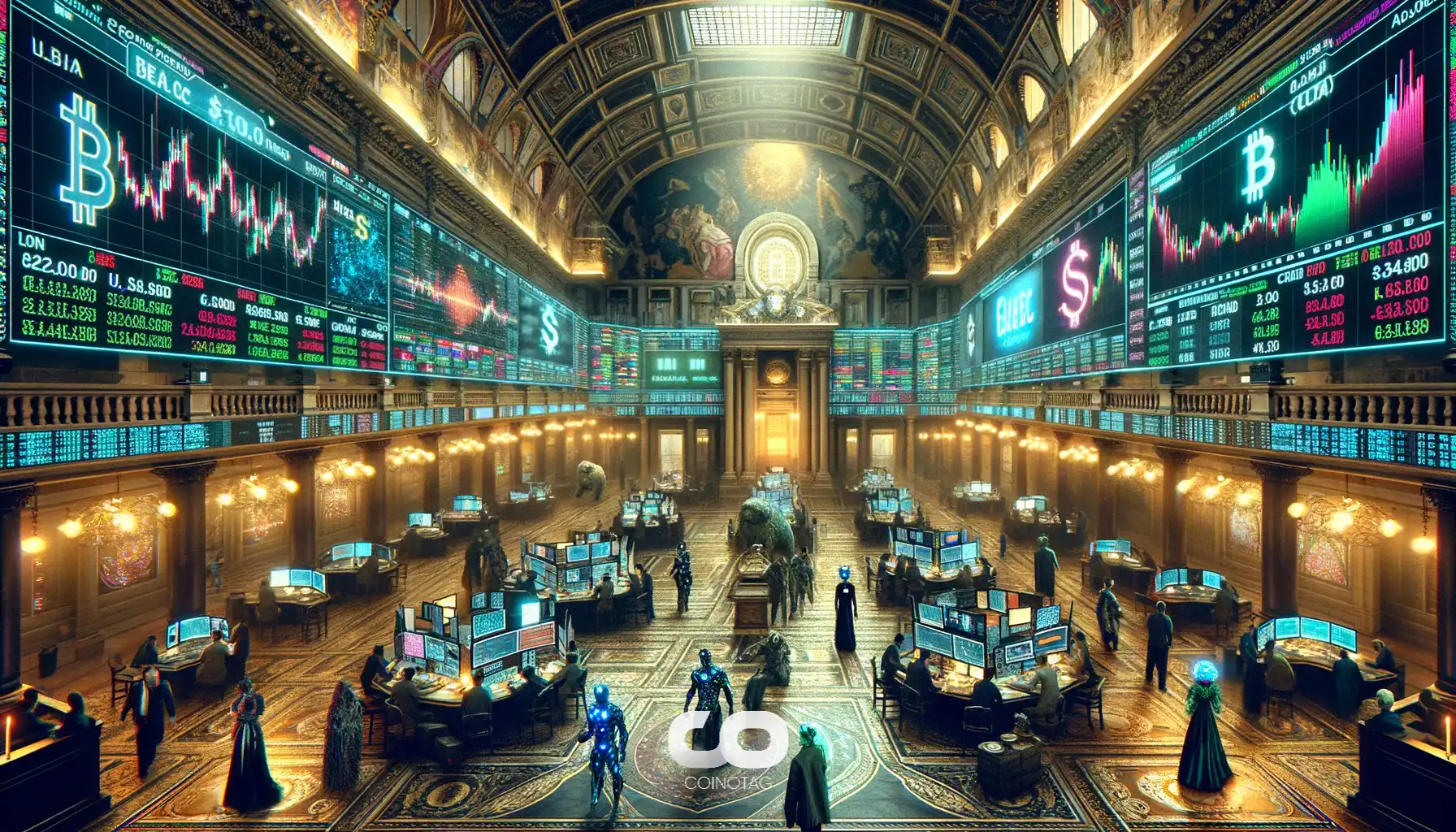Layer 2 chains turn antifragile during market turbulence
Layer 2 chains and other blockchains have survived multiple stress tests. The latest sell-off on August 5 showed most platforms behaved as antifragile, receiving a boost of active wallets and generating significant fees.
Platforms carrying simple transactions or serving smart contracts saw outstanding activity levels on August 5, a day of price turbulence for most crypto assets. Unlike previous market cycles, 2024 has a much more developed collection of decentralized apps and Web3 features. The market turbulence caused only temporary gas fee spikes on some chains, but overall had positive results on metrics.
Recent on-chain data show that Optimism defended its position as one of the most widely used Layer 2 chains. Optimism, along with Arbitrum, are among the biggest recipients of inflows from other chains, especially Ethereum. Their scalability allows for the easier and cheaper usage of DEX, sequencers, lending and other DeFi tasks.
The recent market turbulence sent Optimism transactions to one of the highest in history, while daily fees returned to levels not seen since 2021. The recent activity levels showed the chains still carried traffic even without incentives, and could perform at a higher capacity during more active market periods. Layer 2 chains started surpassing Ethereum in terms of activity back in 2021, but the recent market events showed that the traffic shift was even more notable during volatile days.
Optimism even achieved on-chain value not seen since the bull market peak in March. One of the reasons for the shifting traffic is that Optimism fees are still around 100X smaller compared to Ethereum.
During usual times, Optimism mainnet trading on Uniswap requires just $0.06 per transaction, while the same action on Base has a cost of $0.0029. Arbitrum is in the middle with a price of $0.0044. The Ethereum mainnet still requires a fee of $0.90 even on less busy days.
Optimism encompasses the transactions of the OP Mainnet chain, but more importantly, newly active networks like Celo and Base. The so-called collection of Superchain transactions was near its peak in the past few weeks. Base, however, took the biggest share of gas fees. The Base blockchain by Coinbase marked its biggest activity not through its incentives or social media outreach, but during a market correction, with heightened trading into the USDC stablecoin.
Ethereum still has days of prohibitive fees
Ethereum (ETH) normalized its fee profile, where most activities now cost under $5. On a regular day, swaps have a cost of $2.78, while a bridging operation is at $0.90. However, on August 5, swap fees peaked at 60 times the current levels, suggesting transactions would quickly run up to more than $100. Block validator revenues reached $8.25M on August 5, remaining near the recent peak levels.
At the same time, no protocol or chain stopped working during the recent price crash. The trading did not stop despite ETH crashing by 25%. The crypto market had its biggest correction, similar to the start of the bear market in 2022, but this time it managed to perform without panic.
How about a quick round of applause for Ethereum?
DeFi and everything on-chain worked just fine while $ETH dumped -25% causing panic amongst investors.
Few years back this would have led to insane congestions, high gas fees and unfair liquidations.
We are getting there 🤝
— Simon Dedic (@scoinaldo) August 7, 2024
Ethereum’s on-chain activity returned to more than $5B, similar to previous periods where markets changed direction. Ethereum also saw peak on-chain transfers in March and in late June, leading to increased fees. Not all activity was absorbed by Layer 2 and other chains, but over time, some of the decentralized apps switched their traffic.
Ethereum also works as an antifragile network, becoming more secure due to increased fees. With higher on-chain fees and a faster token burn, ETH holders have an incentive to stake, also boosting token scarcity. The recent market turbulence led to the burning of an additional 5.22K ETH tokens, after a period of low burns. Monday had the biggest token burn since March 2024.
Right before the recent market crash, data showed Ethereum lost traffic, while transactions surged on Layer 2 chains. The trend was already well-established before Layer 2 chains saw one of their first tests in a high transaction environment.
In the past three months, more than $2.6B in value flowed from Ethereum’s assets into Arbitrum, Optimism and Base, the three leading Layer 2 chains. The heightened trading in Q2 meant leading Layer 2 chains continued to displace Ethereum as the main hub for decentralized activities.
Cryptopolitan reporting by Hristina Vasileva






